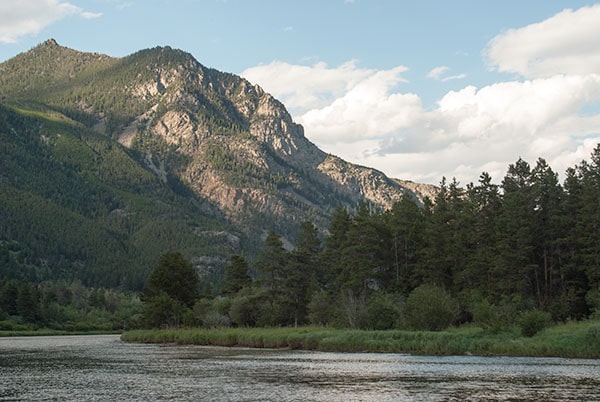
The Land and Water Conservation Fund has helped secure nearly 70% of the fishing access sites in Montana.
In a strong statement of support for conservation, the 2017 budget being offered by the Obama Administration proposes to fully fund the Land and Water Conservation Fund (LWCF). The President’s budget calls for $900 million for the fund, which includes more than $26 million in funding for the addition of new lands to wildlife refuges, national forests, trails, and other public land areas in Montana.
“This is great news for Montana’s hunters, anglers, and everyone who enjoys our outdoors,” said Kathy Hadley, president of the Montana Wildlife Federation. “These funds will protect crucial wildlife habitat, hunting opportunity, and access for outdoor recreation.”
For more than 50 years, LWCF has been one of our nation’s most successful conservation programs. The program puts aside a portion of federal revenue from offshore oil and gas leasing to fund land conservation and improve access to public lands, parks and waterways. Funding allocated to LWCF does not come at taxpayer expense.
Since 1964, the LWCF has resulted in roughly $16 billion in spending nationwide, protecting everything from backcountry national forest lands to urban parks. Montana has received over $400 million in funding from LWCF. These funds have protected important lands in the Blackfoot Valley, on the Rocky Mountain Front, in the Greater Yellowstone region, and all over the state. LWCF funds have also been used to acquire key parcels that open up large areas of “land-locked” public land for hunting and fishing.
The budget proposed by the Obama Administration builds on an agreement in Congress last December to provide $450 million in funding for LWCF.
Montana Senator Jon Tester, Senator Steve Daines, and Congressman Ryan Zinke all support full funding and permanent authorization for LWCF. Their bipartisan support and reliable leadership on behalf of the program will be crucial to securing enactment of the full funding proposed by the President.


